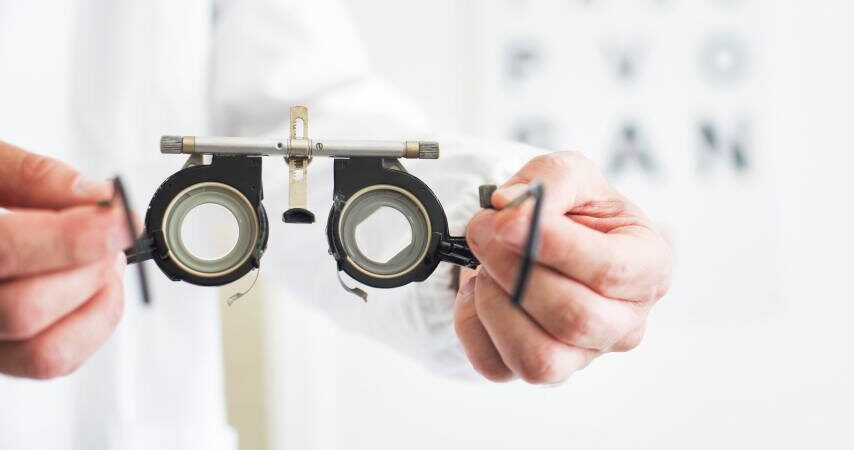
SHA Magazine Health & Beauty
What is Glaucoma?
You may have heard about it but don’t exactly know what is Glaucoma.
Glaucoma is an eye disease that takes off the vision gradually. It usually doesn’t have symptoms and can trigger a sudden loss of vision.
Without the proper treatment, glaucoma can leads to blindness. The good news is that with regular eye examinations, early detection and treatment, the sight can be preserved.
Drainage
The front of the eye is filled with a clear fluid called intraocular fluid that is produced by the ciliary body. This fluid leaves the eye through the pupil and is afterwards absorbed into the bloodstream through the eye’s drainage system (consisting on a grid of drainage canals that is around the edge of the iris). If drainage is appropriate, the eye pressure is maintained at a normal level. The production,the flow and drainage of this fluid is an active and necessary process for the eye’s health.
Intraocular pressure
The intraocular pressure (IOP) depends on the amount of fluid that is within it. If the eye’s drainage system is working properly, the fluid will leave freely without accumulating. Likewise, the production of aqueous humor in adequate amounts keeps the health of the eye. The IOP can vary throughout the day, but usually is maintained within a range that the organ can handle.
In most types of glaucoma, the drainage system of the eye is covered and the intraocular fluid can’t drain. By accumulating, it causes an increased pressure within the eye that damages the optic nerve, which is very sensitive, leading to loss of vision.
There are millions of nerve fibers that run from your retina to the optic nerve, which come together in the optical disc. When the pressure of the fluid inside the eye increases, it damages these sensitive nerves and they start dying. When this happens, the optical disc start rejecting the fibers of the optic nerve, which will get a curve shape. If the pressure stays high for too long it can damages the optic nerve, causing the vision loss.
Once it was thought that high intraocular pressure was the main cause of optic nerve damage. Although it clearly is a risk factor, we now know that other factors must be involved, since people with “normal” IOP also can suffer a vision loss because of the glaucoma.
In the most common form of glaucoma, the accumulation of fluid pressure occurs slowly.
Symptoms
Often, there aren’t painful symptoms. In the less common varieties of glaucoma, the symptoms can be more severe, including the following: Blurred vision, eye pain, headache, nausea and vomiting. Sometimes colored rainbow halos appear around bright lights. Only exceptionally is glaucoma presented with sudden vision loss.
Prevention
Everyone should take comprehensive tests for glaucoma around the age of 40, afterwards every two or four years. Nowadays there are genetic studies that can inform about a greater predisposition to suffer glaucoma.
Early treatment
Vision loss caused by glaucoma is irreversible, but if it’s caught early and is treated carefully and consistently, the vision can be preserved. Usually, glaucoma can be controlled with medication or surgery.
Related posts:
- Biomimetic Peptides: the most innovative and intelligent way to regenerate your skin
- Genetic Analysis in antiaging medicine to live longer and better
- Telomerase for rejuvenation and life extension
- What can SHA do for you? Tips and advice to improve your health and wellbeing





